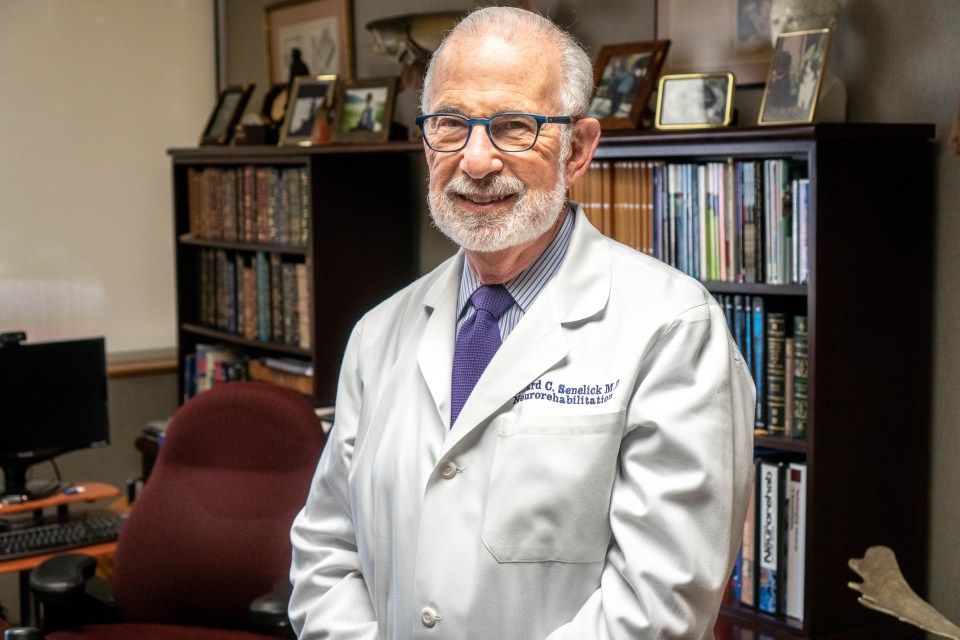When choosing a rehabilitation provider after a stroke or other life-changing illness, don’t forget to consider the dosage.
It is a common experience. You or a loved one awakens with a painful sore throat. A test for strep throat returns positive, and your doctor writes out a prescription for a specific dose of an antibiotic to be taken a specific number of days.
When physicians write prescriptions, they know there is a correct dose of the medication; the antibiotics are an exact number of milligrams for a precise number of days. There is a well-established standard of care.
However, do referring physicians and case managers consistently consider the correct dosage of therapy needed for a patient following a stroke or other serious illness that requires rehabilitation?
Dosage matters
When deciding where a patient should continue their recovery after discharge from an acute care hospital, it is important to note the varying dosages and quality of rehabilitation that patients receive in different care settings. While an inpatient rehabilitation hospital typically provides patients three hours of therapy five days per week, a skilled nursing facility typically offers much less and has no such requirement.
In addition to the amount of rehabilitation provided, the type of therapy a patient receives is an important component in maximizing outcomes. Not only does the amount of therapy vary widely across care settings—the type and quality of therapy varies, as well. It is all about dose, function and motivation.
What takes place in therapy makes a huge difference. The number of repetitions (dose) of a functional task matters, and the repetition of increasingly challenging tasks brings far more rewards than repetitions of skills already mastered.
For example, as a guitar player, I know that I must focus on deliberate practice if I want to improve. I have to work on things I haven’t yet mastered, but when I am tired it is tempting to go back and work on things that are easier. The same is true in rehabilitation. This is why the therapist asks the patient to perform slowly an increasing number, or dose, of more difficult tasks.
Inpatient rehabilitation hospitals can also offer patients intensive therapy through advanced technology and environments that mimic daily life, such as apartments for daily living, grocery stores and car simulators. It is practice with a specific purpose.
The therapy has to include functional tasks to produce meaningful improvement. If I sit in a chair and move my arms in space, I’m not going to get better. Conversely, if I have to cut my food or pick up an object and place it in a small container, now I’m doing a functional task.
Consider the importance of motivation
Motivation marks the final component of providing an optimal dose of rehabilitation. It is essential that we all answer the following question: Where will you be more motivated to perform an increasing dose of functional tasks —a state-of-the-art inpatient rehabilitation hospital under the care of a dedicated and experienced multidisciplinary team or a skilled nursing facility?
The environment in which rehabilitation takes place makes a difference. Don’t set a glass ceiling for your patients by sending them to a suboptimal facility. You want to be certain it is one that provides a high dose of functional tasks in an environment that is stimulating and motivational.
It is as important a decision as the right dose of antibiotics.
The content of this site is for informational purposes only and should not be taken as professional medical advice. Always seek the advice of your physician or other qualified healthcare provider with any questions you may have regarding any medical conditions or treatments.




